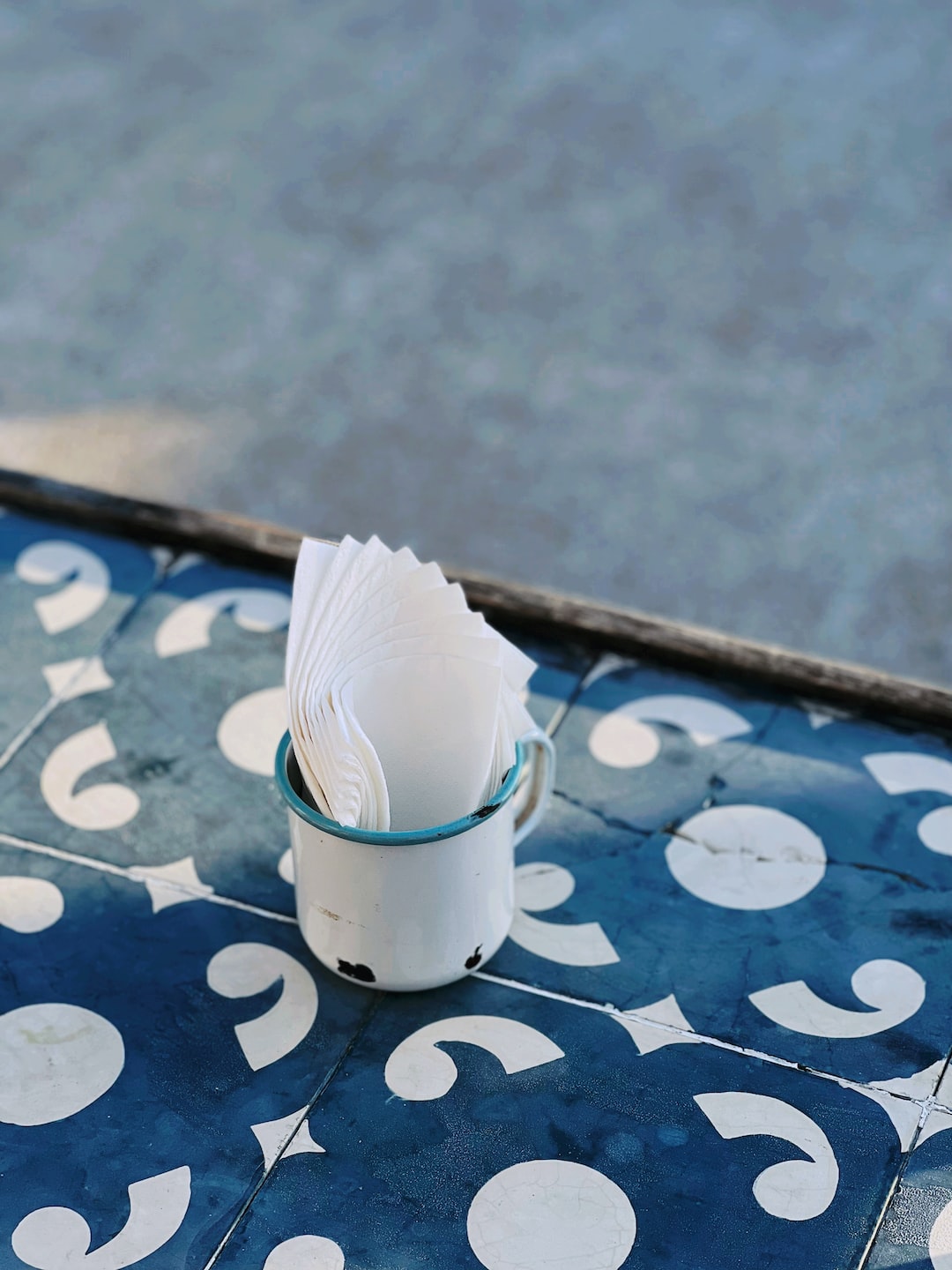Oil painting is a form of painting that has been used for centuries to create beautiful and realistic pieces of art. The technique involves the use of oil paints, which consists of small particles of pigment suspended in oil. The oil provides a medium that can be manipulated, mixed and layered to create vivid colors, precise details, and textures that can be built up into stunning works of art.
The history of classical art and oil painting can be traced back to the Renaissance period. During this time, artists began to experiment with oil paints, finding that they were a more flexible and durable medium than the traditional tempera paints. The increased flexibility allowed for new techniques, such as glazing and impasto, to be developed. These techniques allowed artists to create subtle blends of color and textures that were previously impossible with tempera paints. As a result, the Renaissance period is often called the golden age of oil painting.
One of the key benefits of oil painting is its versatility. The technique can be used to create a wide range of styles, from the realistic portraiture of the Baroque period to the impressionist landscapes of the 19th century. The medium can also be used to create a range of textures, which can be built up layer by layer or applied thickly to create impasto effects. This versatility makes oil painting a great choice for classical art, which often requires a high level of detail and realism.
Another advantage of oil painting is its longevity. Oil paints are resistant to fading and have a long lifespan, making them an excellent choice for creating works of art that will stand the test of time. This durability is one of the reasons why so many classical paintings have survived to this day, allowing us to appreciate the work of artists from centuries ago.
Of course, oil painting is not without its challenges. The medium can be difficult to work with, requiring a high level of skill and technique to achieve the desired results. It is also a slow process, with each layer of paint needing to dry before the next can be applied. This means that oil painting requires a great deal of patience and dedication from the artist.
Despite these challenges, the technique of oil painting remains an important part of classical art. Even today, artists continue to use this versatile medium to create works of art that capture the beauty and complexity of the world around us. Whether you are a fan of the old masters or a modern enthusiast, there is something special about the technique of oil painting that continues to inspire and captivate us.
